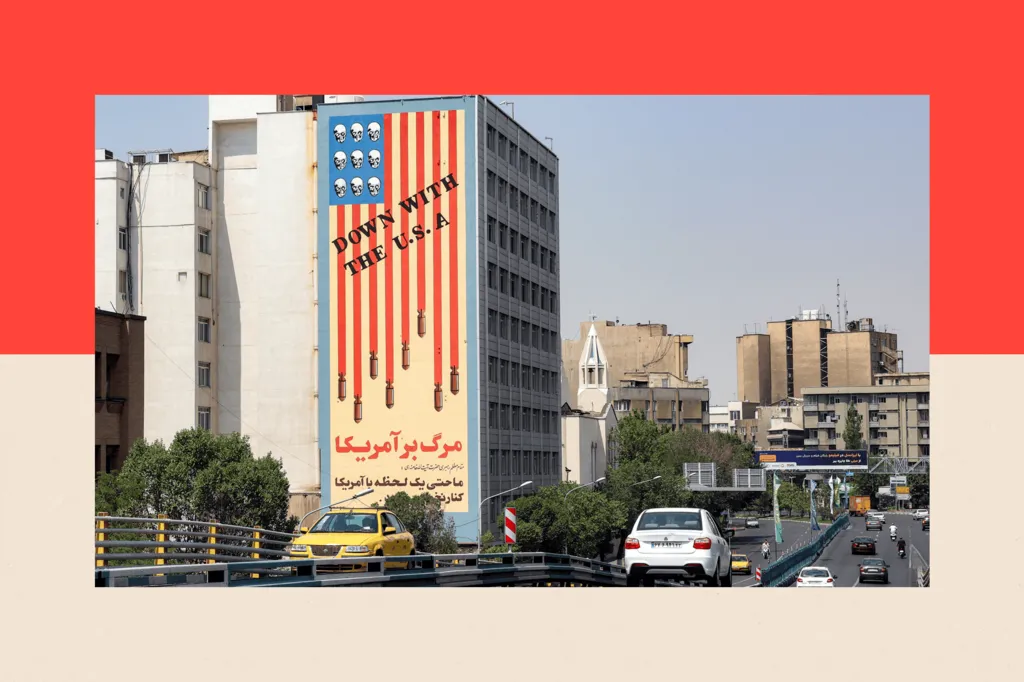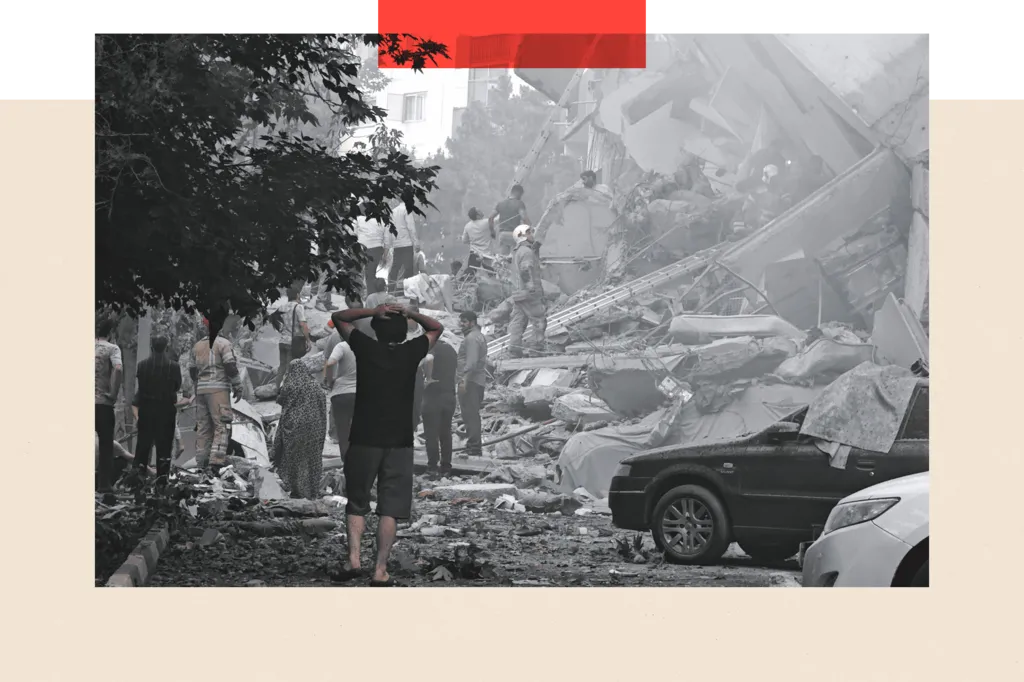
Introduction: A Dangerous Tipping Point
As tensions between Israel and Iran erupt into direct confrontation, the world is left asking a critical question: what exactly does Israel want to achieve? In a conflict defined by shadows, proxies, and cold diplomacy, this moment stands out for its boldness and brazenness.
On Friday, Israel launched an unprecedented strike deep into Iranian territory. Israeli Prime Minister Benjamin Netanyahu didn't just claim a tactical victory—he addressed Iranians directly, urging them to rise against what he called an "evil and oppressive regime." Was this just war rhetoric, or does it reveal a deeper strategic objective?
Let’s walk through the timeline, the motivations, the implications, and most importantly—the possible endgame.

The Strikes That Changed Everything
Friday's Unprecedented Attack
Tehran Under Fire
Israel's airstrikes reached as far as Iran's capital, Tehran, signaling a shift from shadow conflict to overt military action. Major nuclear facilities—Natanz, Isfahan, and Fordow—were targeted.
Natanz: A pilot fuel enrichment plant was reported destroyed.
Isfahan: Four key buildings were hit.
Fordow: Israel aims to isolate this heavily fortified site, though lacks the bunker-busting firepower to fully destroy it.
A Message in English, a War in Farsi
Netanyahu’s message in English wasn’t just for Iranians—it was meant for the world. It was crafted to shift global perception, positioning Israel as a liberator rather than an aggressor.
Decoding Netanyahu’s Strategy
Is It About Nukes or More?
Official Rationale: Pre-empting a Nuclear Threat
According to Israel, Iran’s nuclear program had reached the “90th minute.” Yet Western intelligence, including the IAEA, maintains that Iran isn’t actively building a nuclear weapon.
"Israel’s operation is aimed at buying time," says Richard Nephew, former US official and Iran expert.
The Regime Change Hypothesis
Some believe Netanyahu seeks more than delaying enrichment. His address to Iranians hints at a grander ambition: toppling the Islamic Republic.
Targeting nuclear scientists.
Attacking infrastructure and economic hubs.
Encouraging public uprising.
But is this goal shared by the Israeli military and political establishment? Not quite.

Divided Intentions in Israel’s Inner Circle
Political vs Military Objectives
Military leaders want to delay or destroy Iran’s nuclear capabilities.
Netanyahu seems fixated on regime change—a much harder, riskier goal.
Dr. Sanam Vakil of Chatham House underscores the divide: "The former might be achievable; the latter is far more elusive."
Trump, Talks, and Timing
Did Israel Sabotage Diplomacy?
Peace Talks in Muscat Derailed
Iran and the US were set to restart negotiations in Oman. Then came Israel’s strikes—right on the 61st day of a 60-day window proposed by Trump.
Coincidence? Unlikely.
Motive? Many see it as a calculated move to sink the talks.
Trump’s Flip-Flops and Final Say
Trump initially urged caution, then praised the strikes, then claimed peace was imminent. By Sunday, he reportedly vetoed a plan to assassinate Iran’s Supreme Leader.
"Success or failure hinges on whether the US gets dragged in," says Daniel Levy, President of the U.S. Middle East Project.
The Bigger Picture: War, Psychology, and Public Sentiment
Psychological Warfare at Play
Netanyahu's Churchillian tone isn’t just rhetoric. It’s part of a broader psychological campaign:
Stoke public unrest in Iran.
Sow division within Iran's elite.
Project strength to adversaries and allies alike.
The View from Tehran
Iran sees this as more than a strike on centrifuges. It's a direct challenge to its sovereignty and capabilities.
"They want to downgrade Iran as a state, weaken its military, and even topple the regime," says Prof. Vali Nasr.
Iranians Under Pressure
Years of Pain, Now Bombs
Iranians have endured:
Crushing sanctions
Corruption
Unemployment and inflation
Restrictions on personal freedoms
Recent bombings only add to the hardship.

Civilian Casualties Mounting
Initially, some welcomed the removal of unpopular generals. But now? Apartment blocks are hit. Infrastructure is down. The mood is changing.
“Civilians rarely embrace those bombing their cities as liberators,” notes Vali Nasr.
Strategic Realities and Limitations
Israel’s Arsenal vs Iran’s Fortresses
Israel lacks the MOPs (Massive Ordnance Penetrators) required to penetrate Fordow’s mountain bunker. Only the US has those.
Fordow: The Final Frontier
To truly dismantle Iran’s nuclear program, Fordow must be taken out. But:
It’s deeply buried.
Protected by layers of rock.
Requires multiple precision strikes.
Netanyahu may soon need to ask for U.S. military support—a move with enormous geopolitical consequences.

Where Do We Go From Here?
Possible Scenarios
Full-Scale War: High risk, unpredictable outcomes.
Surgical Strikes Continue: Ongoing attrition.
Diplomatic Reset: Unlikely in the short term.
U.S. Intervention: Game-changing, but uncertain.
What Would Victory Look Like?
That depends on whom you ask:
Netanyahu: End of the Iranian regime.
Israeli Military: Destruction of nuclear capability.
Western Allies: De-escalation and containment.
Conclusion: An Endgame Without Clear Lines
As the dust settles temporarily the region holds its breath. Netanyahu may dream of a post-theocratic Iran, but history warns us that regime change is rarely surgical, and never simple. The Israeli strikes have shifted the balance, but the conflict is still unfolding, shaped by leaders with starkly different goals, and a public on both sides paying the price.
The question remains: Will this be the fire that purifies, or the spark that consumes us all?
FAQs
1. What triggered Israel's latest strike on Iran?
Israel claims Iran's nuclear program was nearing weapons-grade completion, prompting pre-emptive strikes.
2. Is regime change really Netanyahu’s goal?
While not officially stated, his messaging and targets suggest a desire for broader transformation in Iran.
3. What role does the US play in this conflict?
The US has the military tools Israel lacks and significant diplomatic influence. Trump’s position could tip the balance.
4. How are Iranian civilians reacting?
Initial indifference has turned to anger as civilian areas are struck, infrastructure damaged, and casualties rise.
5. Is there any hope for renewed nuclear talks?
Currently stalled, talks could resume through regional intermediaries, but prospects are dim in the short term.









0 Comments